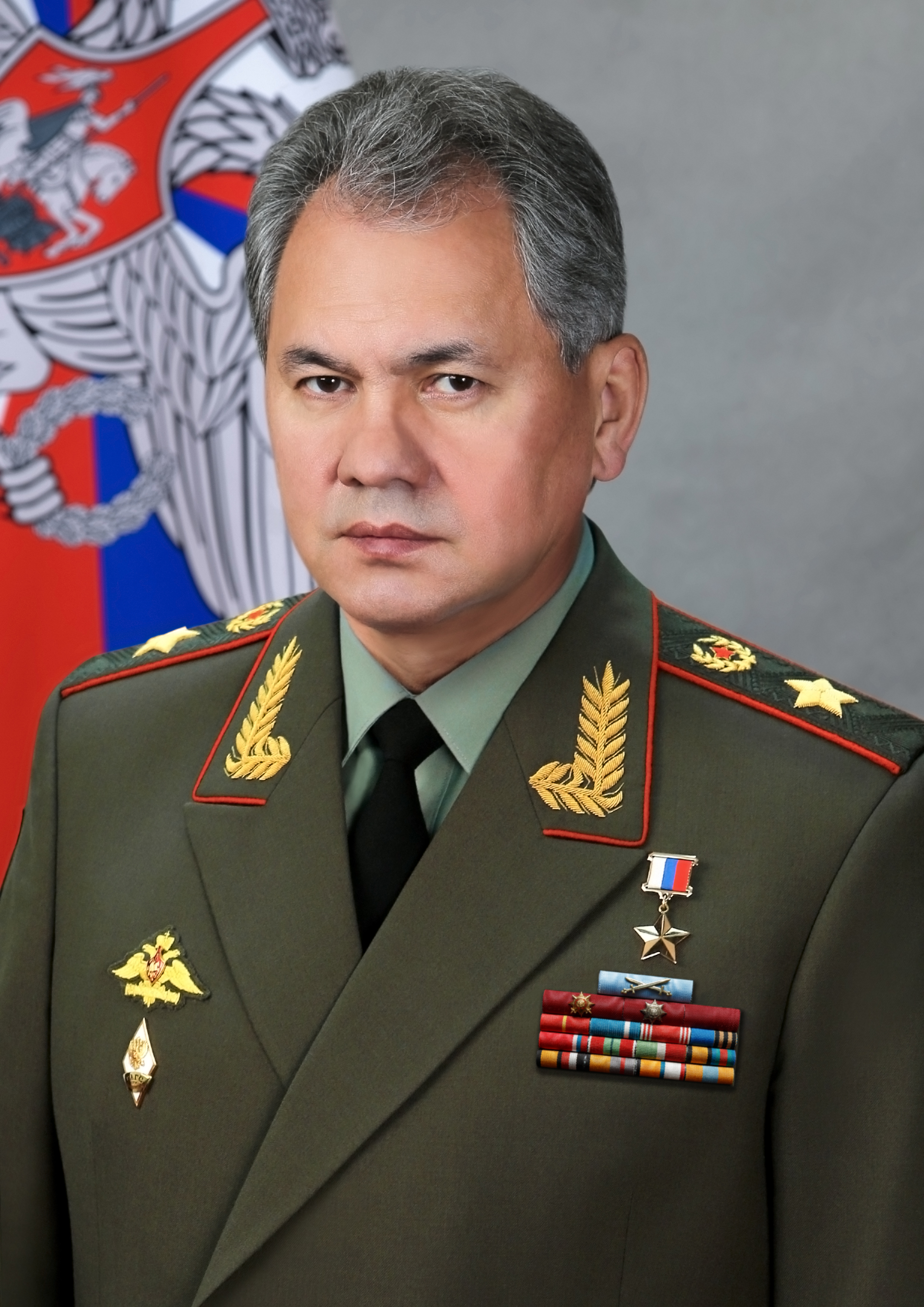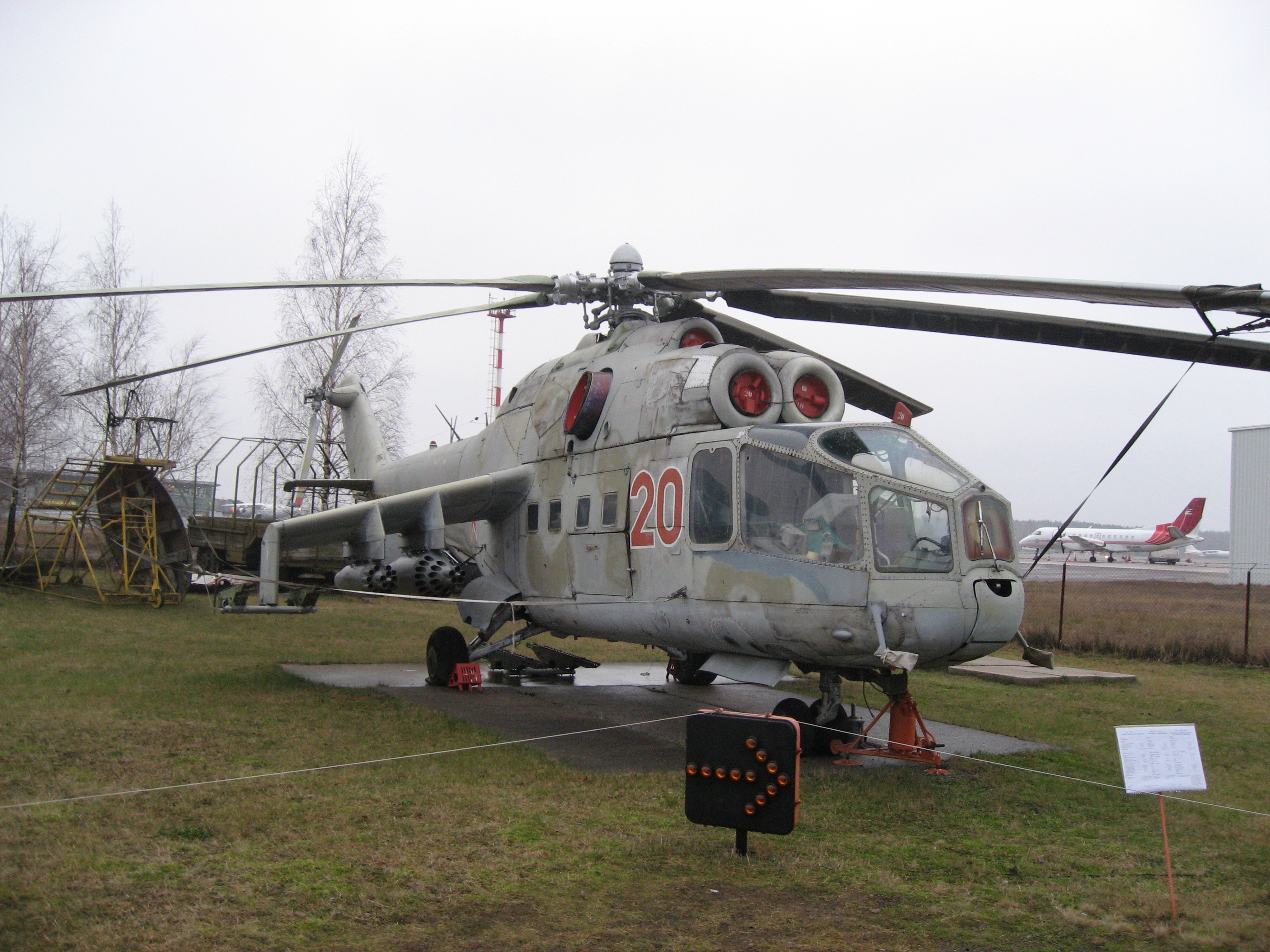|
Troitsk (air Base)
Troitsk is a former Russian Air Force base located near Troitsk, Chelyabinsk Oblast, Troitsk, Chelyabinsk Oblast, Russia. The base was home to the 385th Fighter Aviation Regiment between 1950 and 1971 with the Lavochkin La-9 (ASCC: Fritz), Mikoyan-Gurevich MiG-15 (ASCC: Fagot), Mikoyan-Gurevich MiG-17 (ASCC: Fresco) and the Sukhoi Su-9 (ASCC: Fishpot), and the 199th Independent Helicopter Squadron between 1991 and 2003 with the Mil Mi-6VPK (ASCC: Hook-B), Mil Mi-8T/PPA (ASCC: Hip-K) and the Mil Mi-24K/P (ASCC: Hind-F). References {{Reflist Russian Air Force bases ... [...More Info...] [...Related Items...] OR: [Wikipedia] [Google] [Baidu] |
Troitsk, Chelyabinsk Oblast
Troitsk (russian: Тро́ицк) is a town in Chelyabinsk Oblast, Russia, located east of the southern Ural Mountains and approximately south of Chelyabinsk on the border with Kazakhstan. It stands on the east-flowing Uy River, a branch of the Tobol River. Population: 83,862 ( 2002 Census); Geography and climate The Uy and Uvelka Rivers merge within the town boundaries and form a water body which serves as a reservoir for the nearby power station. The landscape around the town is flat, although river valleys are hilly. The town is situated on the border of a forest-steppe zone. The climate is continental. The average temperature in January is , and in July. History Troitsk was founded in 1743 by Ivan Neplyuyev as a head fortress of the Orenburg Line of forts during the Bashkir War of 1735-1740 and to protect the southern borders of Russia. It played a major role in the rebellion of Pugachev, who besieged and captured the town in 1774. Gradually from a military ... [...More Info...] [...Related Items...] OR: [Wikipedia] [Google] [Baidu] |
Chelyabinsk Oblast
Chelyabinsk Oblast (russian: Челя́бинская о́бласть, ''Chelyabinskaya oblast'') is a federal subject (an oblast) of Russia in the Ural Mountains region, on the border of Europe and Asia. Its administrative center is the city of Chelyabinsk. Its population is 3,476,217. ( 2010 Census). History During the Middle Ages, Bashkir tribes inhabited the Southern Urals; they formed part of the Golden Horde, Nogai Horde, and smaller Bashkir unions. The Tsardom of Russia incorporated the area in the late 16th century. However, Russian colonization of the region only began in the 18th century, with the establishment of a system of fortresses and trade posts on the then-Russian border by the in 1734. Many cities of Chelyabinsk Oblast, including the city of Chelyabinsk itself, trace their history back to those forts. In 1743 the Chelyabinsk fortress became a center of the , a constituent part of the Orenburg Governorate (a direct successor of the Orenburg E ... [...More Info...] [...Related Items...] OR: [Wikipedia] [Google] [Baidu] |
Ministry Of Defence (Russia)
The Ministry of Defence of the Russian Federation (russian: Министерство обороны Российской Федерации, Минобороны России, informally abbreviated as МО, МО РФ or Minoboron) is the governing body of the Russian Armed Forces. The President of Russia is the Commander-in-Chief of the Armed Forces of the Russian Federation and directs the activity of the Ministry. The Defence Minister exercises day-to-day administrative and operational authority over the armed forces. The General Staff executes the president's and the defence minister's instructions and orders. The main building of the ministry, built in the 1940s, is located on Arbatskaya Square, near Arbat Street. Other buildings of the ministry are located throughout the city of Moscow. The supreme body responsible for the Ministry's management and supervision of the Armed Forces is The National Defense Management Center (Национальный центр управ ... [...More Info...] [...Related Items...] OR: [Wikipedia] [Google] [Baidu] |
Russian Air Force
"Air March" , mascot = , anniversaries = 12 August , equipment = , equipment_label = , battles = , decorations = , battle_honours = , battle_honours_label = , flying_hours = , website = , commander1 = President Vladimir Putin , commander1_label = Supreme Commander-in-Chief of the Russian Defence Forces , commander2 = Army General Sergei Surovikin , commander2_label = Commander-in-Chief of the Aerospace Forces , commander3 = Lieutenant general , commander3_label = Commander-in-Chief of the Russian Air Force , notable_commanders = , identification_symbol = , identification_symbol_label = Flag , identification_symbol_2 = , identification_symbol_4 ... [...More Info...] [...Related Items...] OR: [Wikipedia] [Google] [Baidu] |
Lavochkin La-9
The Lavochkin La-9 ( NATO reporting name Fritz) was a Soviet fighter aircraft produced shortly after World War II. It was one of the last piston engined fighters to be produced before the widespread adoption of the jet engine. Development La-9 represents a further development of the Lavochkin La-126 prototype. The first prototype, designated La-130 was finished in 1946. Similarity to the famous Lavochkin La-7 was only superficial – the new fighter had an all-metal construction and a laminar flow wing. Weight savings due to elimination of wood from the airframe allowed for greatly improved fuel capacity and four-cannon armament. Mock combat demonstrated that the La-130 was evenly matched with the La-7 but was inferior to the Yakovlev Yak-3 in horizontal planes. The new fighter, officially designated La-9, entered production in August 1946. A total of 1,559 aircraft were built by the end of production in 1948. Variants Like other aircraft designers at the time, Lavochkin was ... [...More Info...] [...Related Items...] OR: [Wikipedia] [Google] [Baidu] |
Mikoyan-Gurevich MiG-15
The Mikoyan-Gurevich MiG-15 (russian: Микоя́н и Гуре́вич МиГ-15; USAF/DoD designation: Type 14; NATO reporting name: Fagot) is a jet fighter aircraft developed by Mikoyan-Gurevich for the Soviet Union. The MiG-15 was one of the first successful jet fighters to incorporate swept wings to achieve high transonic speeds. In aerial combat during the Korean War, it outclassed straight-winged jet day fighters, which were largely relegated to ground-attack roles. In response to the MiG-15’s appearance and in order to counter it, the United States Air Force rushed the North American F-86 Sabre to Korea.Thompson, Warren"Sabre: The F-86 in Korea."''Flight Journal'', December 2002. Retrieved: 30 June 2011. When refined into the more advanced MiG-17, the basic design would again surprise the West when it proved effective against supersonic fighters such as the Republic F-105 Thunderchief and McDonnell Douglas F-4 Phantom II in the Vietnam War of the 1960s. The ... [...More Info...] [...Related Items...] OR: [Wikipedia] [Google] [Baidu] |
Mikoyan-Gurevich MiG-17
The Mikoyan-Gurevich MiG-17 (russian: Микоян и Гуревич МиГ-17; NATO reporting name: Fresco) is a high-subsonic fighter aircraft produced in the Soviet Union from 1952 and was operated by air forces internationally. The MiG-17 was license-built in China as the Shenyang J-5 and Poland as the PZL-Mielec Lim-6. The MiG-17 is still being used by the North Korean air force in the present day and has seen combat in the Middle East and Asia. The MiG-17 was an advanced modification of the Mikoyan-Gurevich MiG-15, MiG-15 aircraft produced by the Soviet Union during the Korean War. Production of the MiG-17 was too late for use in that conflict and was first used in the Second Taiwan Strait Crisis in 1958. While the MiG-17 was designed to shoot down slower American bombers, it showed surprising success when used by North Vietnamese pilots to combat American fighters and fighter-bombers during the Vietnam War, nearly a decade after its initial design. This was due to the MiG ... [...More Info...] [...Related Items...] OR: [Wikipedia] [Google] [Baidu] |
Sukhoi Su-9
The Sukhoi Su-9 ( NATO reporting name: Fishpot) was a single-engine, all-weather, missile-armed interceptor aircraft developed by the Soviet Union. Development The Su-9 emerged from aerodynamic studies by TsAGI, the Soviet aerodynamic center, during the Korean War, which devised several optimum aerodynamic configurations for jet fighters. The design first flew in 1956 as the T-405 prototype. The Su-9 was developed at the same time as the Su-7 "Fitter", and both were first seen by the West at the Tushino Aviation Day on 24 June 1956, where the Su-9 was dubbed Fitter-B. It entered service in 1959. Total production of the Su-9 was about 1,100 aircraft. It is believed that at least some Su-9s were upgraded to Su-11 "Fishpot-C" form. None were exported to any of the USSR's client states nor to the Warsaw Pact nations. Remaining Su-9s and later Su-11s were retired during the 1970s. Some were retained as test vehicles or converted to remote-piloted vehicles for use as unmanned aer ... [...More Info...] [...Related Items...] OR: [Wikipedia] [Google] [Baidu] |
Mil Mi-6
The Mil Mi-6 (NATO reporting name Hook), given the article number ''izdeliye 50'' and company designation V-6, is a Soviet/Russian heavy transport helicopter that was designed by the Mil design bureau. It was built in large numbers for both military and civil roles and used to be the largest helicopter in production until Mil Mi-26 was put in production in 1980. Design and development The Mi-6 resulted from a joint civil-military requirement for a very large vertical-lift aircraft, which could be used to add mobility in military operations as well as assist in the exploration and development of the expansive central and eastern regions of the USSR. Flown for the first time on 5 June 1957, the Mi-6 was the first Soviet turboshaft-powered production helicopter. The R-7 gearbox and rotor head developed for the project have a combined weight of 3200 kg, which is greater than the two turboshaft engines. Variable-incidence winglets were first mounted on the craft's sides in ... [...More Info...] [...Related Items...] OR: [Wikipedia] [Google] [Baidu] |
Mil Mi-8
The Mil Mi-8 (russian: Ми-8, NATO reporting name: Hip) is a medium twin-turbine helicopter, originally designed by the Soviet Union in the 1960s and introduced into the Soviet Air Force in 1968. It is now produced by Russia. In addition to its most common role as a transport helicopter, the Mi-8 is also used as an airborne command post, armed gunship, and reconnaissance platform. Along with the related, more powerful Mil Mi-17, the Mi-8 is among the world's most-produced helicopters, used by over 50 countries. As of 2015, when combined the two helicopters are the third most common operational military aircraft in the world. Design and development Mikhail Mil originally approached the Soviet government with a proposal to design an all-new two-engined turbine helicopter in 1959 after the success of the Mil Mi-4 and the emergence and effectiveness of turbines used in the Mil Mi-6. After design and development, the Mi-8 was subsequently introduced into the Soviet Air ... [...More Info...] [...Related Items...] OR: [Wikipedia] [Google] [Baidu] |
Mil Mi-24
The Mil Mi-24 (russian: Миль Ми-24; NATO reporting name: Hind) is a large helicopter gunship, attack helicopter and low-capacity troop transport with room for eight passengers. It is produced by Mil Moscow Helicopter Plant and has been operated since 1972 by the Soviet Air Force and its successors, along with 48 other nations. In NATO circles, the export versions, Mi-25 and Mi-35, are denoted with a letter suffix as "Hind D" and "Hind E". Soviet pilots called the Mi-24 the "flying tank" (russian: летающий танк, letayushchiy tank, links=no), a term used historically with the famous World War II Soviet Il-2 ''Shturmovik'' armored ground attack aircraft. More common unofficial nicknames were "Galina" (or "Galya"), "Crocodile" (russian: Крокодил, Krokodil, links=no), due to the helicopter's camouflage scheme, and "Drinking Glass" (russian: Стакан, Stakan, links=no), because of the flat glass plates that surround earlier Mi-24 variants' cockpit ... [...More Info...] [...Related Items...] OR: [Wikipedia] [Google] [Baidu] |






